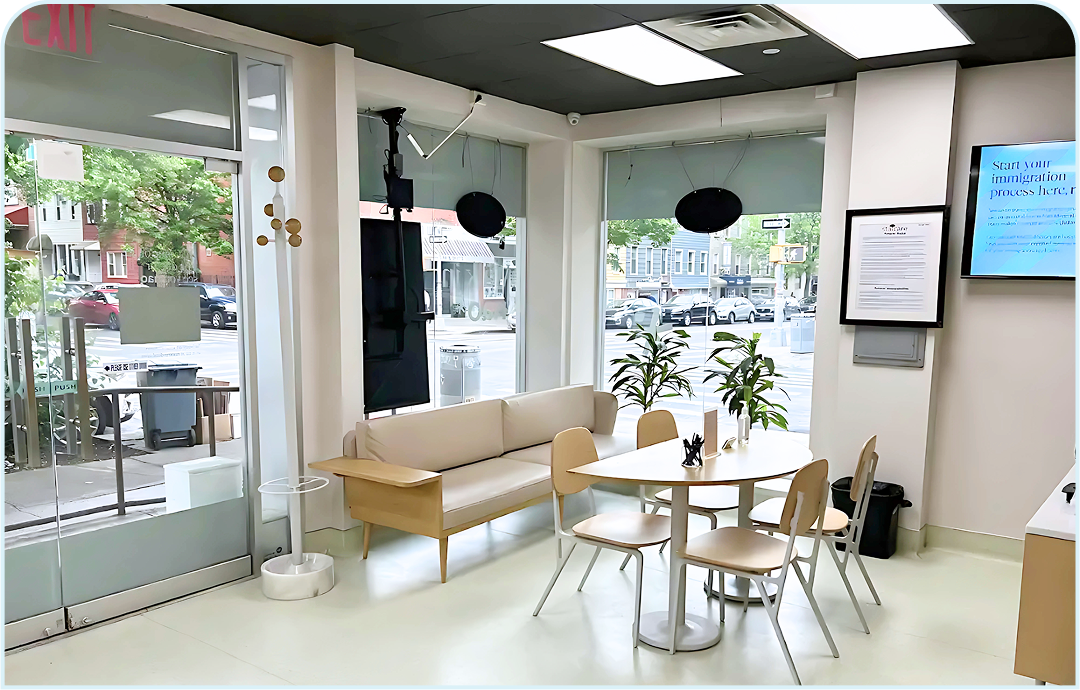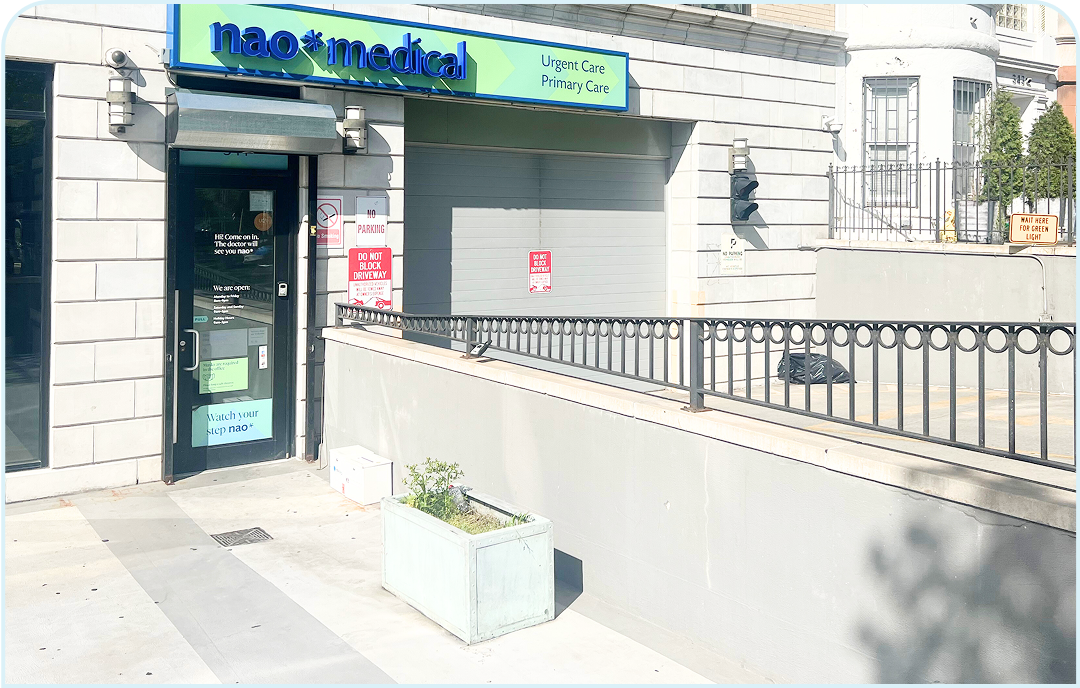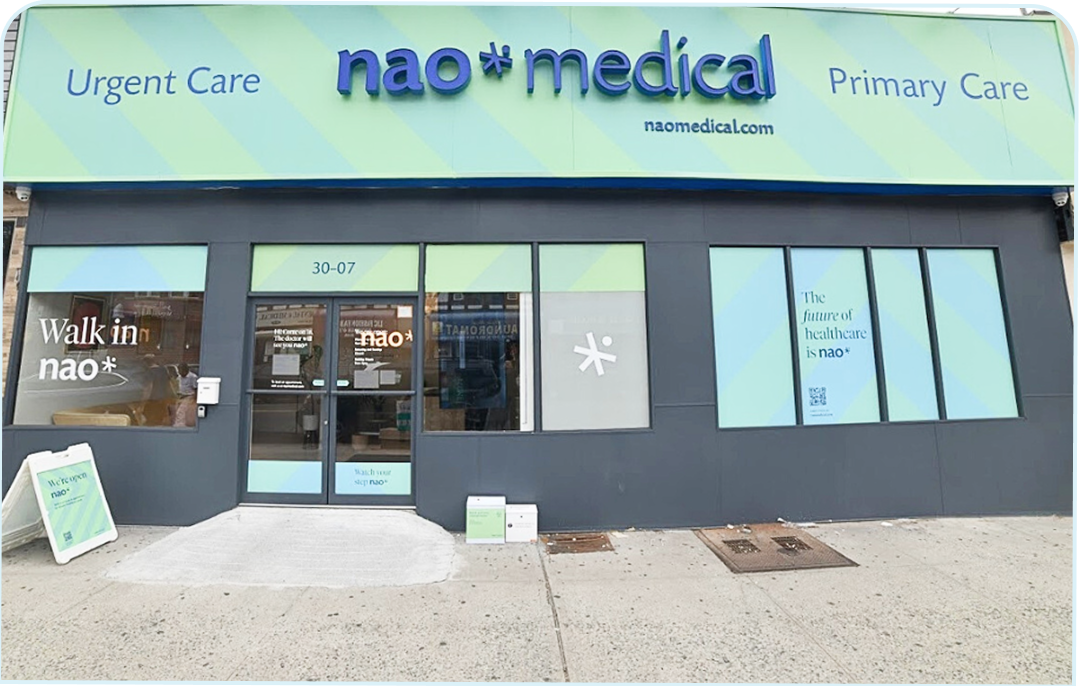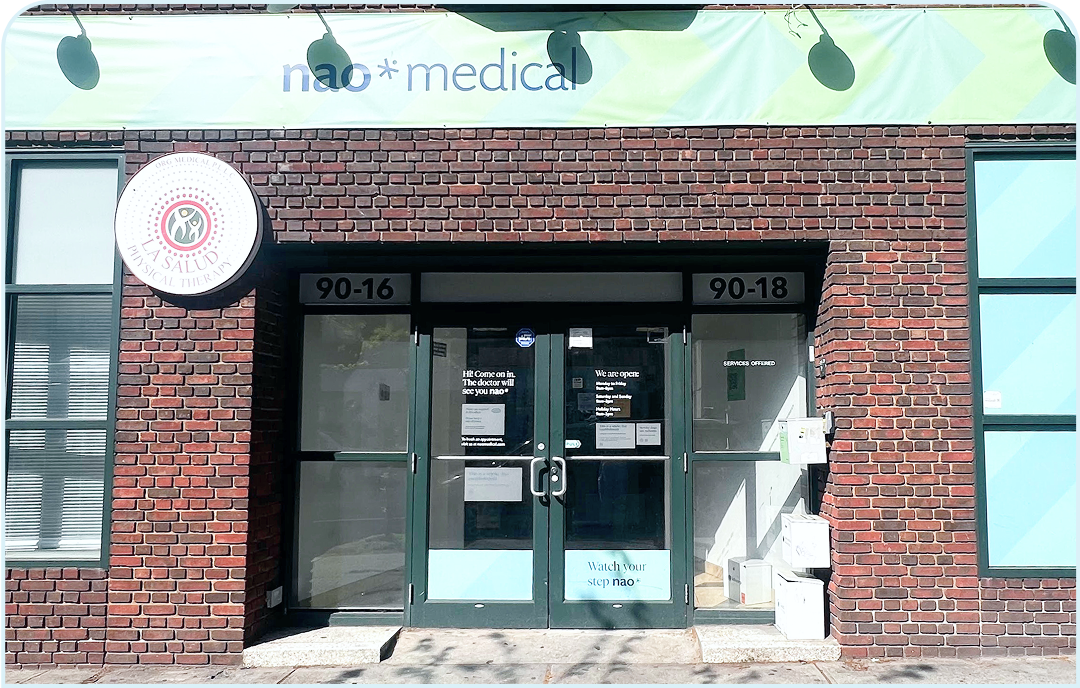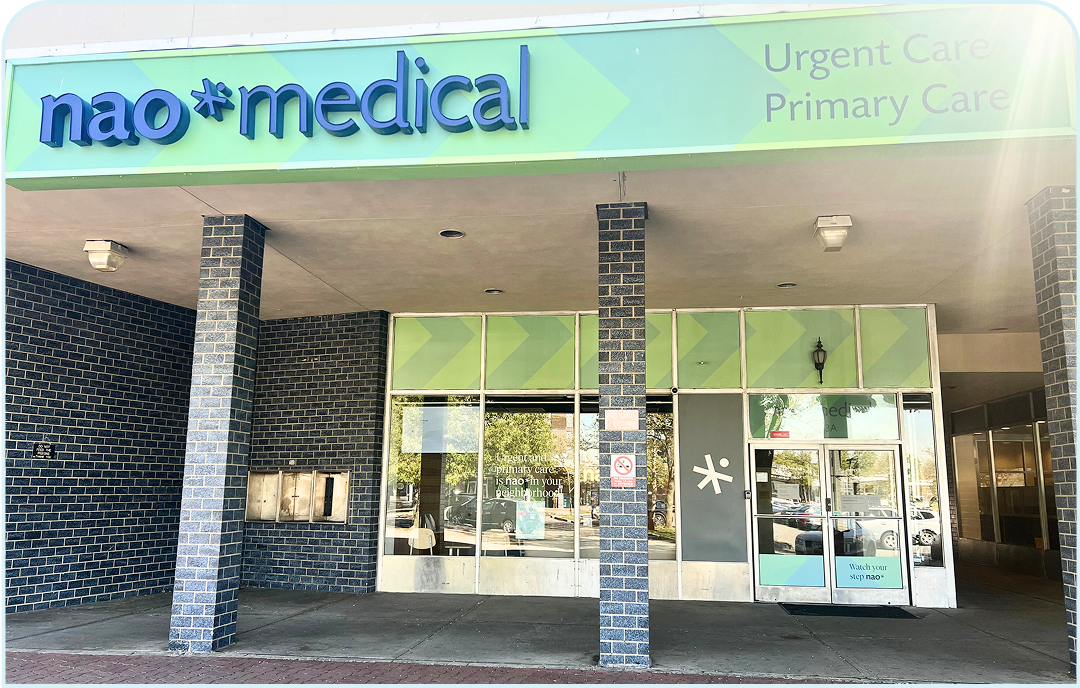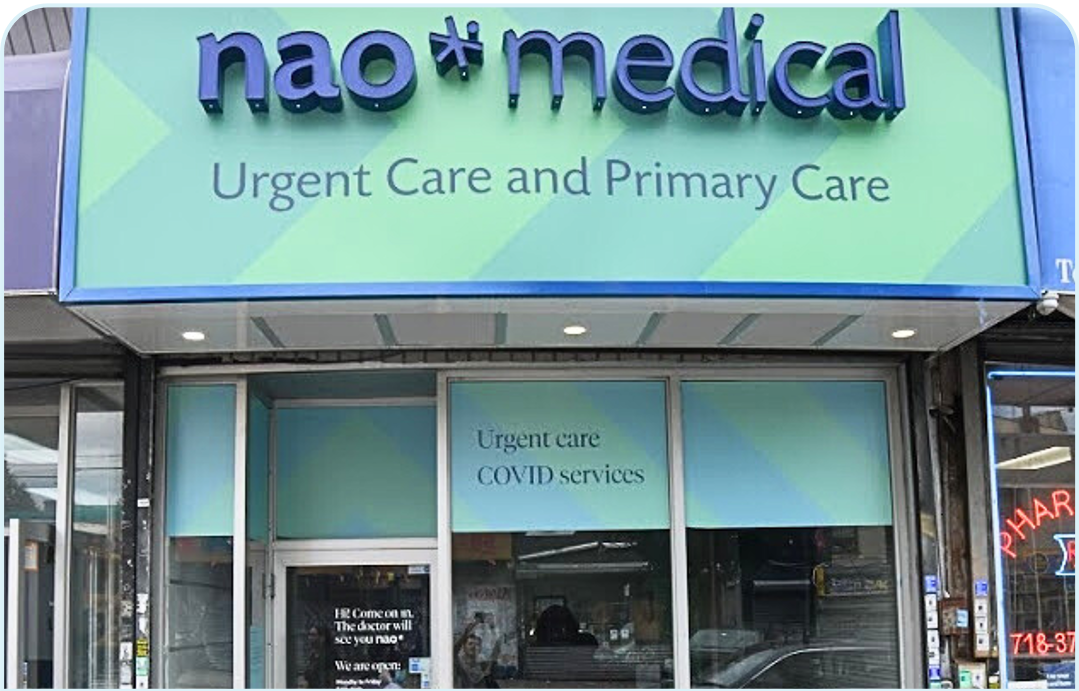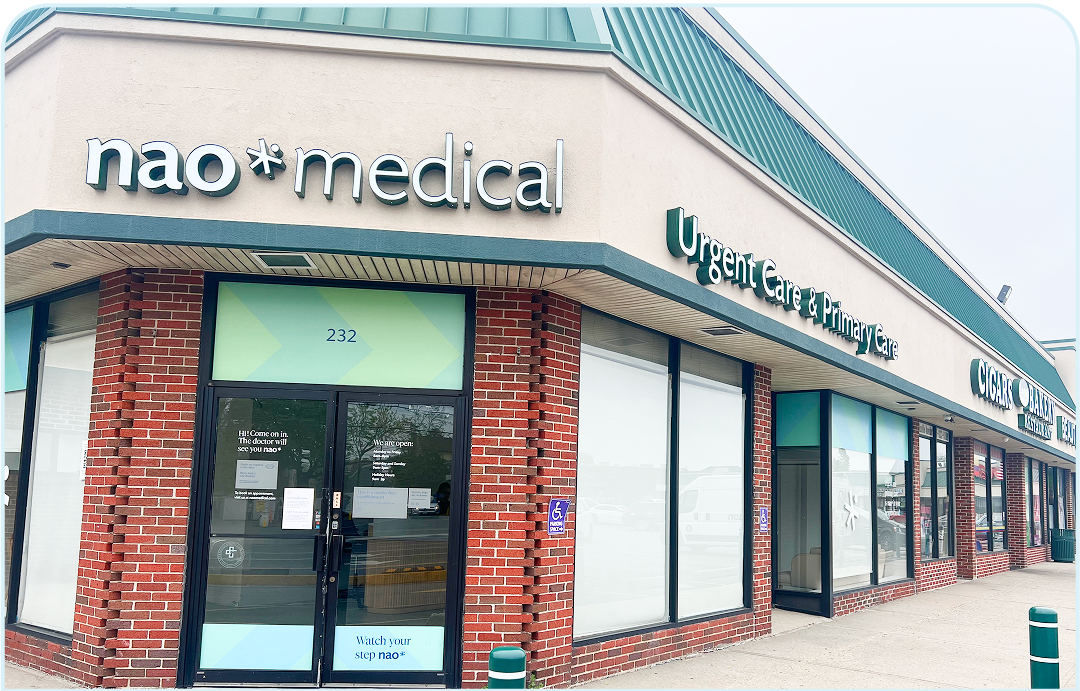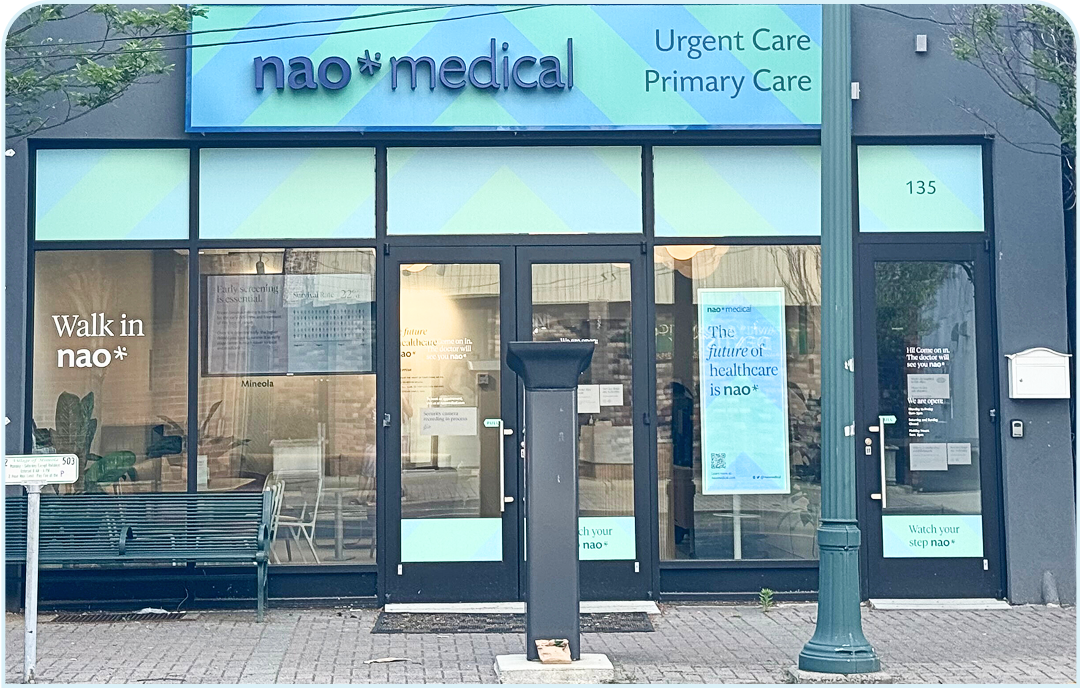Breast cancer is the most common cancer in women worldwide. According to the Centers for Disease Control and Prevention (CDC), about one in eight women will get breast cancer in her life, impacting hundreds of thousands of Americans each year.
The Food and Drug Administration (FDA) has recently set new guidelines that require mammogram providers to notify patients about breast density. Early detection of breast cancer is critical for successful treatment and better health outcomes. Mammography is a widely used screening tool for breast cancer detection. In this article, we’ll explore what the new guideline is about, what mammography is, how it works, and its role in breast cancer prevention and diagnosis.
FDA’s updated mammography regulations
The FDA has updated its mammography regulations to require that breast density information be reported to patients and their healthcare providers. This new requirement will provide patients with important information about their breast health and will allow them to make more informed decisions about their medical care.
The FDA’s updated regulations will also enhance the quality of mammography services by requiring that mammography facilities use equipment that meets certain standards and undergo regular reviews to ensure that they are providing high-quality images. Additionally, the regulations require that mammography facilities notify patients and their healthcare providers if an image from a mammogram needs to be re-evaluated.
All in all, these updates aim to improve mammography accuracy and reliability and give patients more information about their health.
Why information about breast density matters
Breast density refers to the amount of glandular and connective tissue in the breast compared to the amount of fatty tissue. Women with dense breast tissue have a higher risk of developing breast cancer and may need additional screening tests, such as breast ultrasound or breast MRI.
What is mammography?
Mammography is an imaging test that uses low-dose X-rays to produce images of the breast tissue. It can detect breast changes that may be too small to feel during a breast self-examination or clinical breast examination. Mammograms can identify abnormal breast tissue, including cysts, masses, or calcifications.
Types of mammography
There are two types of mammography: digital mammography and tomosynthesis.
- Digital mammography: uses X-rays to create digital images of the breast tissue.
- Tomosynthesis: also known as 3D mammography, uses X-rays to create multiple images of the breast tissue.
These images are then reconstructed into a 3D image that can be viewed by the radiologist.
The importance of breast health
Breast health is crucial to a woman’s overall well-being. Women should be aware of their breast health and understand the importance of early detection. Breast cancer screening and early diagnosis can help reduce the risk of developing advanced breast cancer and improve the chances of successful treatment.
When should women have a mammogram?
The American Cancer Society recommends that women should have regular mammograms starting at the age of 45. Women at higher risk for breast cancer, such as those with a family history of breast cancer, may need to start mammography screening earlier. Your healthcare provider can help determine when you should start having mammograms.
What to expect during a mammogram
During a mammogram, you will be asked to remove your clothing from the waist up and wear a hospital gown. Your breast will be placed on a flat surface, and a technologist will compress your breast between two plates to obtain the images. The compression may cause some discomfort, but it only lasts a few seconds.
Other breast cancer detection methods
In addition to mammography, here are other breast cancer detection methods.
- Breast ultrasound: uses sound waves to create images of the breast tissue and can help determine if a lump is solid or fluid-filled.
- Breast MRI: uses a magnetic field and radio waves to create images of the breast tissue and can help detect breast cancer in women with dense breast tissue.
- Biopsy: is a procedure to remove a sample of breast tissue for testing.
Breast cancer risk factors
Certain factors can increase a woman’s risk of developing breast cancer, such as age, family history of breast cancer, genetic mutations, and dense breast tissue. Women with a higher risk of breast cancer may need to start mammography screening at an earlier age or have additional screening tests, such as breast MRI.
How early detection saves lives
Early detection of breast cancer can save lives. When breast cancer is detected early, the chances of successful treatment and survival are much higher. Mammography screening can detect breast cancer in its early stages, before symptoms appear. Women who have breast cancer detected at an early stage have a higher chance of successful treatment and survival.
Benefits of having yearly mammograms as part of a regular health checkup
Having a yearly mammogram as part of a regular health checkup can help detect breast cancer at an early stage, before symptoms appear. Early detection of breast cancer can improve the chances of successful treatment and survival.
Yearly mammograms can also help track changes in breast tissue over time and detect any abnormalities. In addition, mammograms can help detect breast cancer in women who have no signs or symptoms of the disease.
Breast cancer awareness
Breast cancer awareness is crucial to reducing the number of deaths from breast cancer. It’s important to know the signs and symptoms of breast cancer and to schedule regular mammograms. Breast self-examination and clinical breast examinations can also help detect breast cancer.
Schedule your mammogram today!
Early detection saves lives, and women should be proactive in their breast cancer awareness and screening efforts. Visit Nao Medical today for a mammogram referral and be aware of any changes in your breast tissue. Together, we can raise awareness and fight against breast cancer.




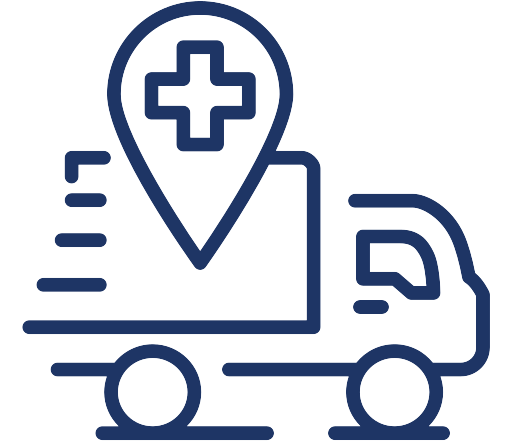
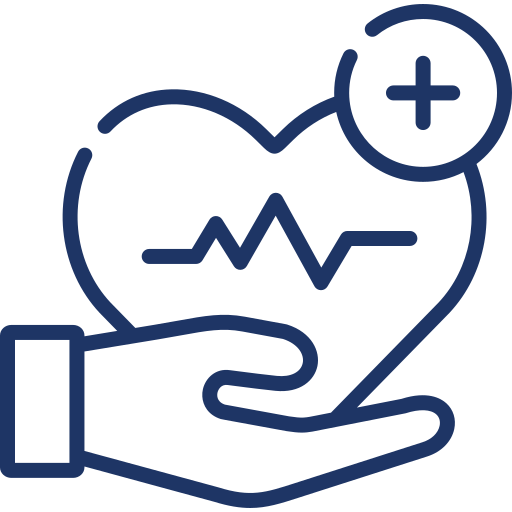
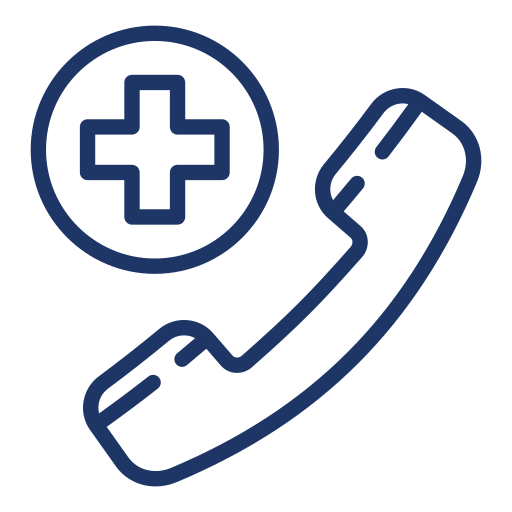
 (917) 310-3371
(917) 310-3371
